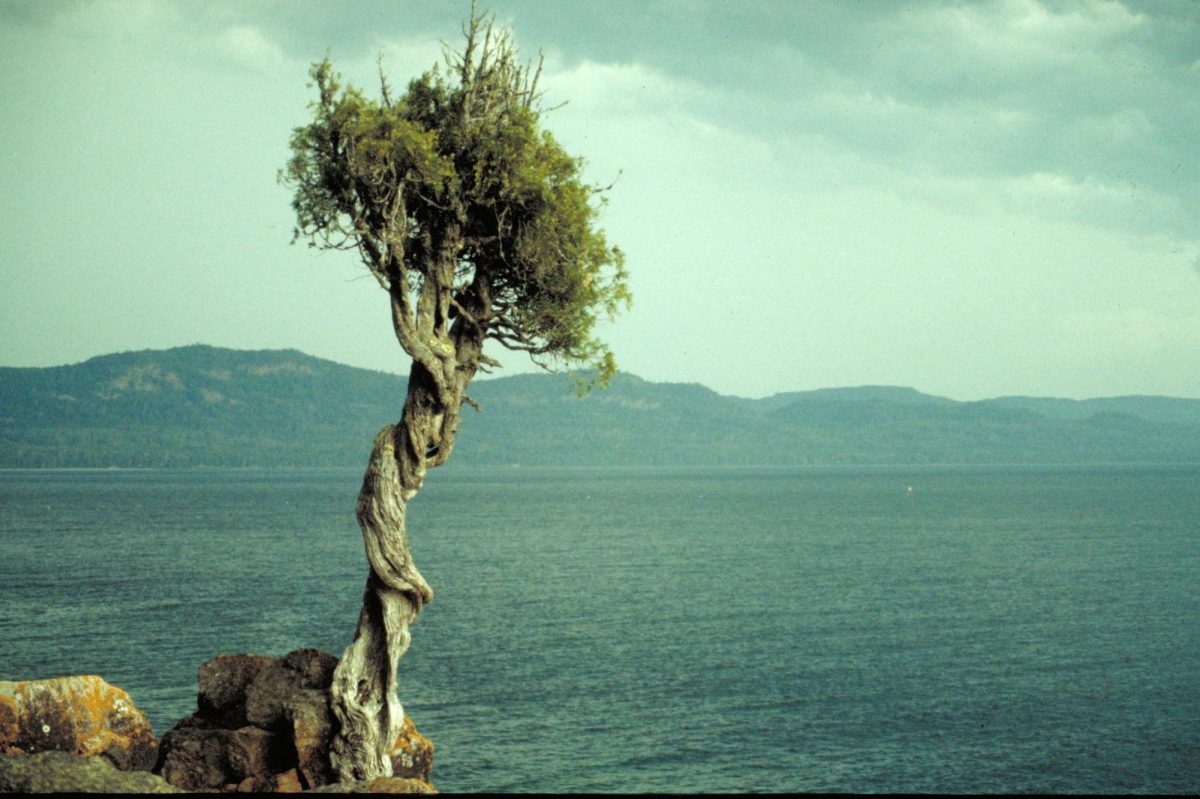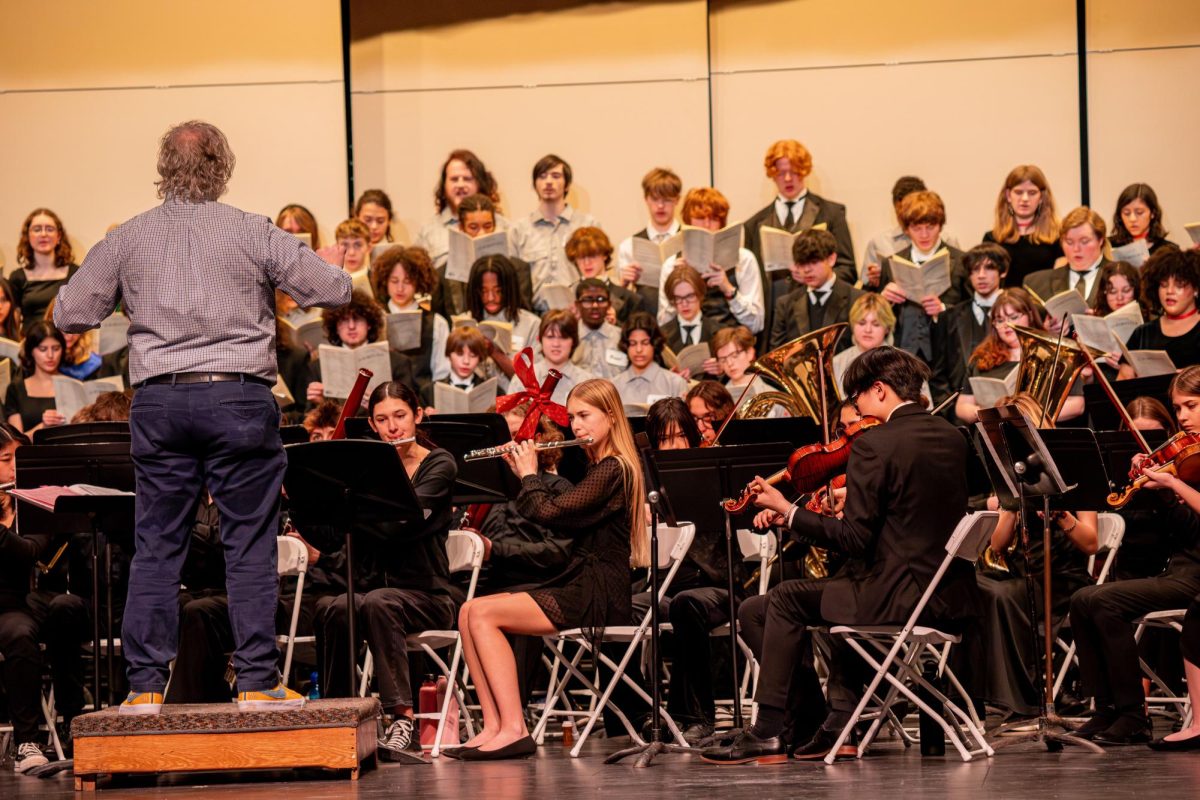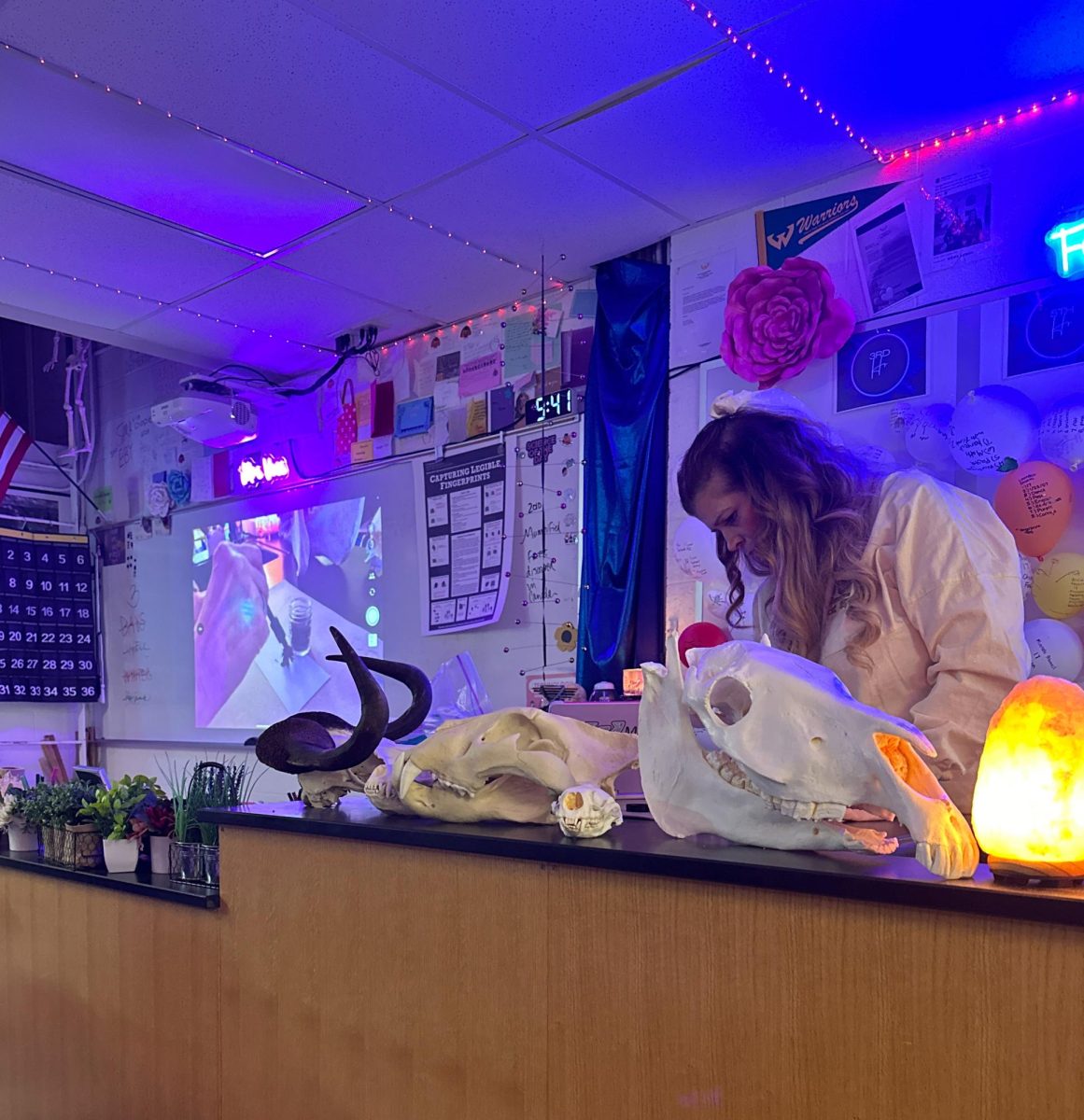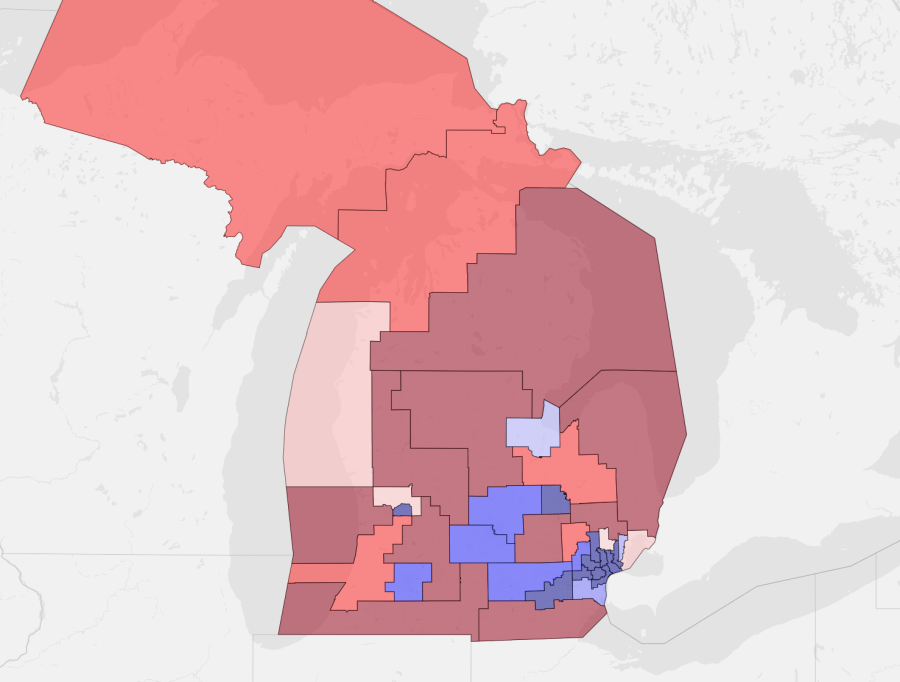As a proud Michigander, I can’t help but marvel at our five Great Lakes: Lakes Huron, Ontario, Michigan, Erie, and Superior. These lakes are some of the most resourceful parts of Michigan, sustaining life and providing water, energy, and food. They’re heavily used for transportation, travel, and recreational activities like swimming, fishing, and boating. Yet, the lakes that define our state are under threat and we must act now.
The Great Lakes are a treasure, holding one-fifth of the world’s supply of freshwater and home to around 3,500 species of wildlife. According to the Great Lakes Commission, over 40 million people depend on them for drinking water. Taking care of the lakes proves to become more challenging due to the rapid, relentless progression of climate change. Water levels are rising and temperatures are becoming warmer, not to mention the growing issue of plastic pollution spiraling out of control.
One glaring consequence of climate change on the Great Lakes is the increase in water levels. Over the past few decades, we’ve seen dramatic fluctuations, with Michigan Technological University’s study showing alarming increases of water levels in recent years. Coastal erosion, flooding, and navigation challenges are becoming normal. Additionally, warmer water temperatures are promoting algal blooms which can contaminate drinking water and harm aquatic life.
The warmer temperatures caused by climate change lengthen the growing seasons and give more opportunity for toxic algae to grow, harming the wildlife and reducing the water quality. The warmer temperatures also reduce the amount of protective ice created in winter, leaving fish and other species vulnerable.
The growing zones for native wildlife also change, impacting the local ecosystem. According to Plymouth Ecology teacher and Megan Berbaum, “If our climate shifts where we don’t have the same growing zone, [native plants are] not going to be able to grow here. The same thing happens with animals,” said Berbaum. “Some plants and animals are more sensitive, and they won’t be able to change or function in a changing climate. Others are more adaptable. It’s the more specific, the more picky plants and animals that are going to have a harder time.”
Plastic pollution adds another serious problem for the Great Lakes. More than 22 million pounds of plastic pollution enter the Lakes every year according to the Great Lakes Commission. This plastic breaks down into smaller pieces known as microplastics which can be as small as a grain of sand and difficult to remove from the environment.
Researchers have found high amounts of these tiny plastic pieces in all five Great Lakes, and their presence is pervasive, affecting every level of the ecosystem. The ingestion of microplastics by aquatic life can lead to physical harm, reproductive issues, and even death. These tiny plastics can also attract toxic pollutants, which then enter the food chain, potentially endangering human health. Plastic pollution poses a significant threat to the environment, disrupting habitats and altering the natural behavior of wildlife.
The pollution crisis also tarnishes the beauty of our lakes, impacting tourism which is vital to our local economy. “The Great Lakes are a huge part of our tourism, and that gets impacted,” said Berbaum. “We depend on so many things from other parts of the world that it’ll catch up to us, even if our backyard seems okay.”
The impact of climate change has a strong impact on our economy. According to the United States Climate Resilience Toolkit, the Great Lakes provides $60 billion in wages annually and supports over 1.5 million jobs. The lakes are also an important transportation route, with 35 – 40 million tons of cargo brought through each year, states Clear Seas. Reduced ice cover may extend the shipping season, but it also increases the risk of invasive species disrupting local ecosystems, impacting fishing and tourism.
Education is key to raise awareness and address the damage occurring in the lakes. “I think [climate change is] an important topic,” Berbaum said. “Not just climate change, but learning about our local flora and fauna, our ecosystems, our wildlifeI think is really important in understanding how they’re affected. Making it as local as possible is important.”
Students understand the threat of climate change, and have taken steps to reduce their environmental footprint. Salem senior Simon Marshall is very concerned about climate change. “I feel like, as of right now, things have been escalating a lot more than I feel like people like to think,” said Marshall. “I feel like there’s so many misconceptions about how much time you really have to fix what we’ve started, and I don’t feel like there’s been too much being done to fix it.”
Salem senior Francesco Valencia agrees. “My future children can suffer the consequences of our generation and the previous generations,” said Valencia. “[My family and I] always recycle, and we try to carpool when we can.”
An exchange student from Germany, Canton senior Lara Stelmach, says that her family back home went as far as to sell their car. “We ride our bikes everywhere, and we don’t take the airplane if we go on vacation. We recycle too, and we don’t use plastic bags or anything like that never so anymore.”
As climate change continues to modify the Great Lakes, the urgency for action becomes ever more apparent. “I don’t know about reversing, but I think slowing it down is a good goal,” said Berbaum. “It’s inevitable that we will have to adapt to climate change to some amount. It’s just, how much do we have to adapt? If we can slow things down, then maybe we won’t have to adapt as much. I mean, if you look at our winters, we’re getting less snow, our lakes are warmer, and so we’re already adapting.”
The rising water levels, warming temperatures and increasing plastic pollution not only threaten the ecosystems and wildlife but also have negative effects on the economy and the health of the communities that depend on these lakes. It’s imperative that we take action an protect our lakes so they can continue to serve our communities for a long time to come.
Alliance for the Great Lakes shares ways to get involved including donating, volunteering and changes you can make to your lifestyle. The time to act is now to ensure that the Great Lakes remain a source of life and beauty for years to come.
















Wade Gizzy • Jan 8, 2025 at 9:26 pm
Um.,..,.. the water levels are dropping this year the water levels have been variable for years
If you’re talking about plastics and referring to microplastics they have never been shown to be harmful to men or anybody else it’s a whole bunch of conjecture.
Summer Jamil • Feb 3, 2025 at 2:54 pm
Hello, although the water levels fluctuate throughout the years, recent years studies have shown water levels reaching record highs due to high precipitation and thawing of ice [US Environmental Protection Agency and Michigan Technological University]. As for microplastics, they are often ingested by sea life and contain artificial chemicals that can seep into their surroundings and cause developmental and reproductive issues, and changes in DNA activity [Michigan Department of Environment and Harvard Medicine Magazine]. Microplastics are relatively new, having only been discovered about 20 years ago, so the full extent of the long-term effects still are not known [University of Plymouth]. Though, underwater ecosystems will be disrupted as microplastics continue to build up in the sea.